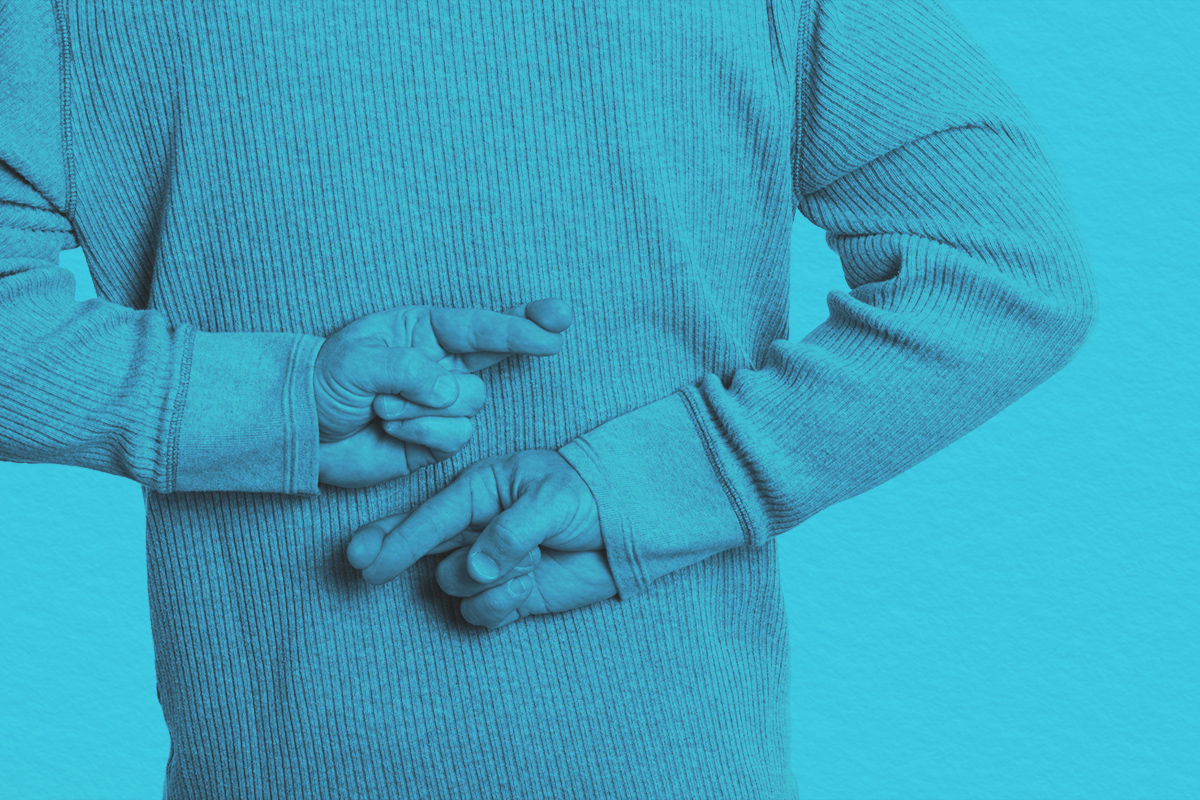
While much of our digital communication occurs via texting, the medium has not been mined for etiquette rules the way letter writing was in the days of Emily Post. Writer and linguistics professor John McWhorter acknowledges that “just as rehearsed speeches are analogous to formal writing, casual speaking is analogous to text.” This is not to lessen the importance of casual speaking — in fact, this type of communication dominates most of the relationships we’ll have in our lifetimes. With that in mind, how does one text well? While it’s a casual format, there’s still plenty of room for miscommunications and faux pas.
Most texting etiquette is rooted in one dictum: Exercise caution with punctuation. In texting, periods don’t mean what they mean in other forms of written communication. Because each thought is contained in its own bubble, ending a text with a period gives an odd sense of coldness or formality to the message. The final period may make the recipient think you’re mad at them, depending on the nature of your relationship.
Texting is akin to speaking in real life, digitally. Yet, because so much is missing — the contextual mood received from hearing the speaker’s voice, namely, as well as facial expression and body language — people might read the wrong thing into the words. In general, it seems that being exceedingly casual (by dropping standard punctuation) communicates an easygoing warmth.
Periods that separate sentences within a single text are OK, though. “The mid-text period is still fair game,” McWhorter declares. “Only when it is the last character in a message does the period assume its tonal heft.”
Be cautious with your “OKs.” While typing out “okay” or merely “ok” is generally safe, some folks think it better to go with a very casual “kk,” for the same reason we drop periods — you don’t want to seem excessively formal. Interestingly, the shortest form, “k,” swings to the other side of the spectrum. Its extreme brevity can make the tone appear clipped or curt. In general, save any version of an “OK” for low-stakes back-and-forth exchanges, such as making logistical plans. With the plethora of emojis available, a better option than an easily misinterpreted “OK” is a thumbs-up emoji (👍) or even something more specific, such as a dancer (💃) or coffee cup (☕️) to respond to making weekend plans.
If you need to follow up on a text to someone, perhaps because the information you’re seeking is time-sensitive, do so thoughtfully. Texting someone “Hello?” comes across as impatient and snippy. While it may seem like we’re all attached to our phones 24/7, some folks aren’t, or may have boundaries about not using personal devices while at work. If you need to check in on an unanswered message, it could be helpful to note why you’re following up. And, of course, throwing in a “please” and “thank you” never hurts, either. Alternatively, dial their number and use your voice. Some folks just aren’t texters.
However, this could be another faux pas in waiting. A “cold call” is a nightmare for some younger people. If your original requests go unanswered, send another text to let them know you’ll be giving them a call at a certain time. Here’s an example: “Hey Ravi! I want to figure out if you and Suzy can come to dinner this weekend before I go shopping, so I’ll give you a call after work to check in. Chat soon!”
This phrase is so dreaded that it’s a cliché — it’s almost always a harbinger of bad news. Even if you’re the bearer of good news, it never bodes well to communicate this level of tension in a text message. The recipient will likely spend the time until you are able to talk wondering what it is you need to talk to them about, and imagining worst-case scenarios. If you have good news to share, communicate that: “I have good news for you! When can we talk?” If the news isn’t pleasant, there’s no need to prepare them. Just wait until you are having a conversation, either digitally or in person.
Maybe it’s not quite a faux pas, but it’s still polite to be up-front about why you’re asking if someone is free. Asking if a friend is available for brunch is very different than asking for a big favor they may not have the capacity to provide. The open-ended question has a way of making people feel trapped into saying yes.


















